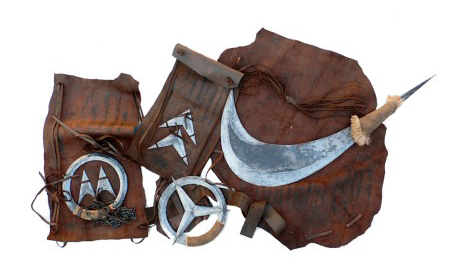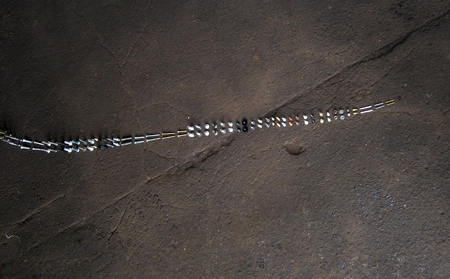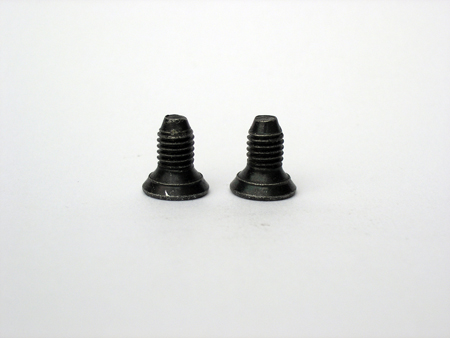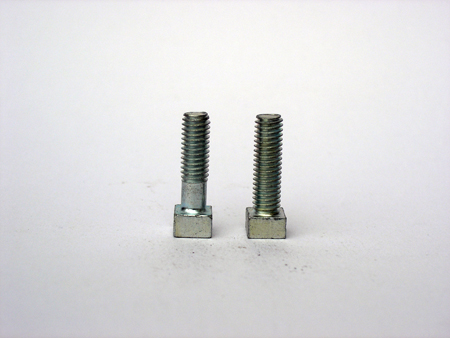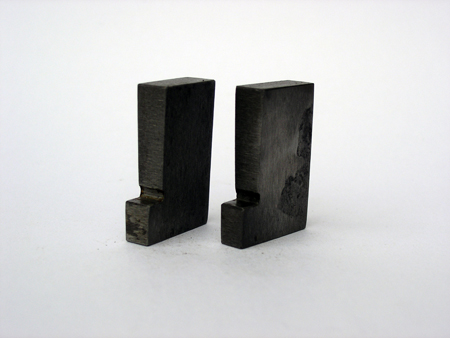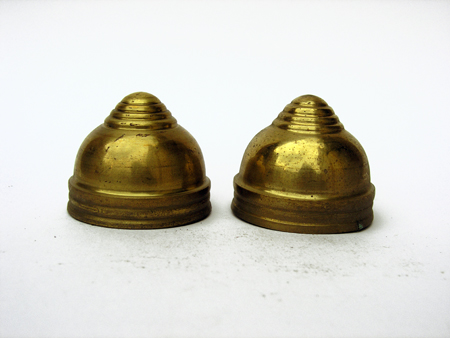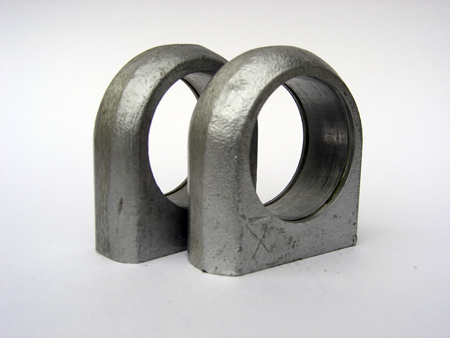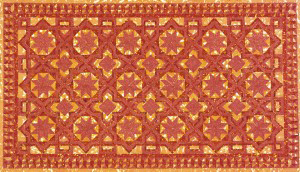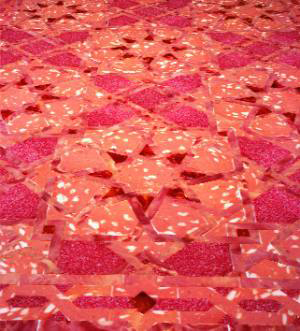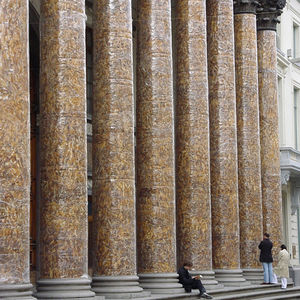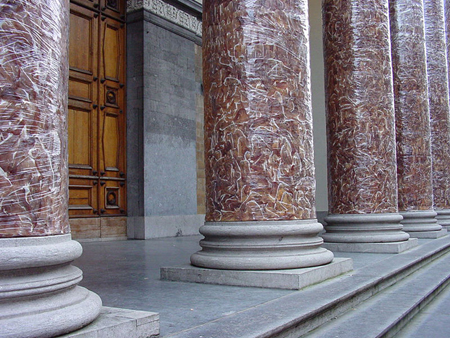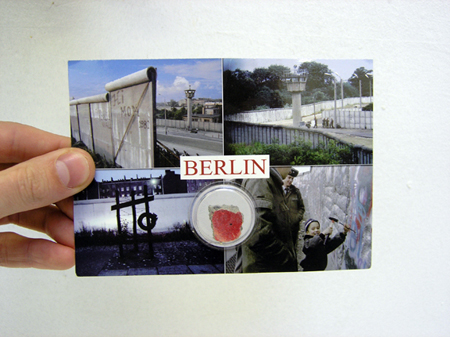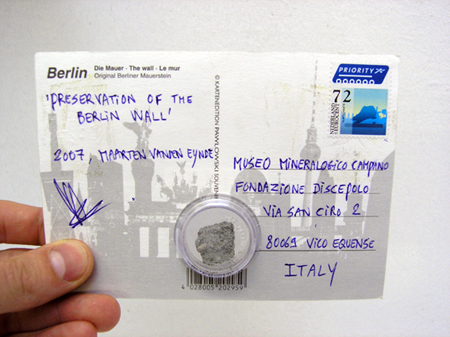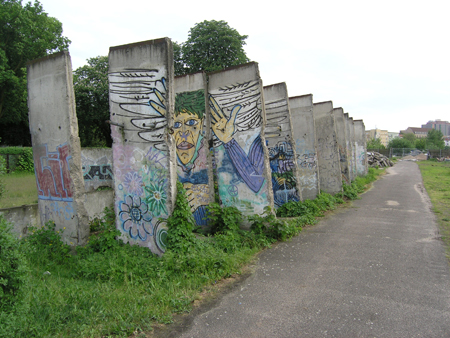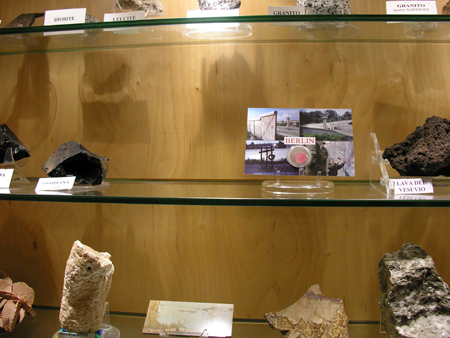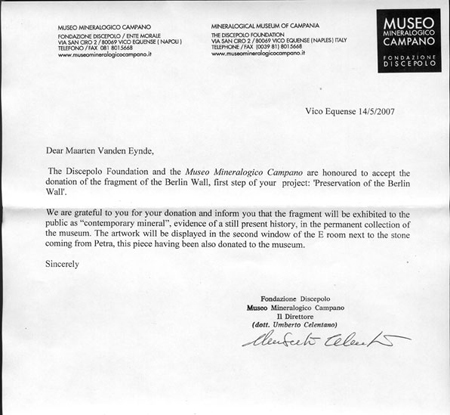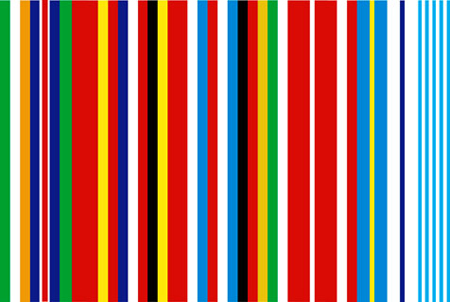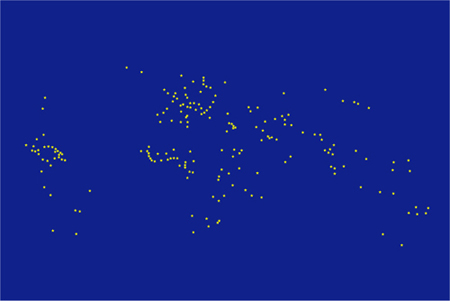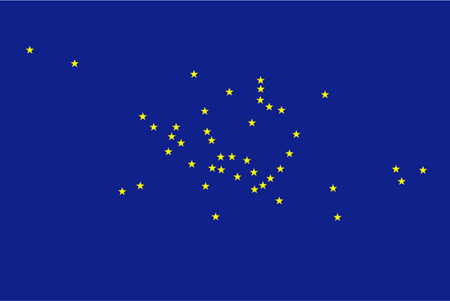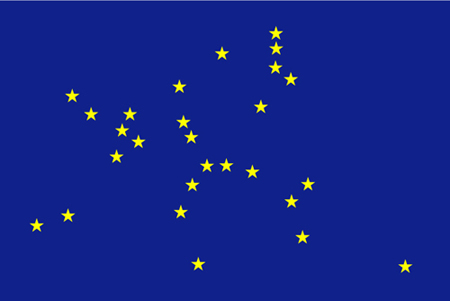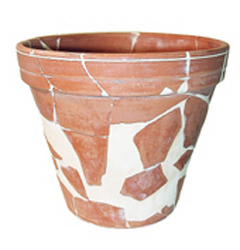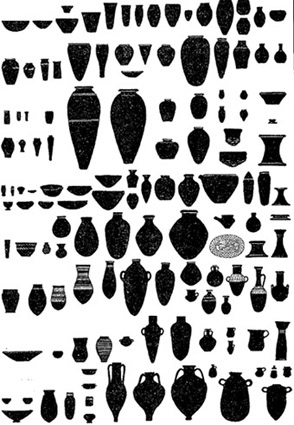Brian Jungen
Prototypes for New Understanding, 1998-2005
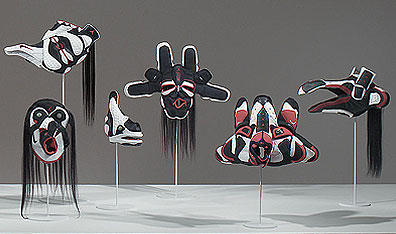
Prototypes for New Understanding, Jungen’s series of West Coast Aboriginal masks made entirely from re-stitched Air Jordans, highlights his debut North American survey, an exhibit at the New Museum of Contemporary Art in New York City. Conflating the transformative power of ceremonial masks with Nike consumers’ desire to emulate or become sport stars by wearing a particular brand of trainers, Jungen plays with economic and cultural values, revealing the power of contemporary ‘idols’ and linking colonial history with today’s Third World sweatshop labor.
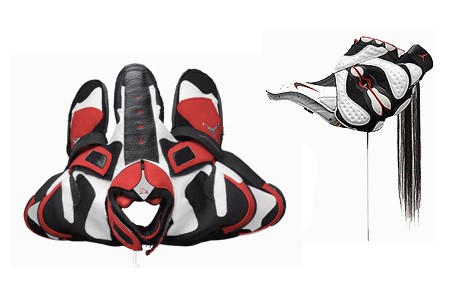
Nike Designs Shoe for American Indians
By SARAH SKIDMORE
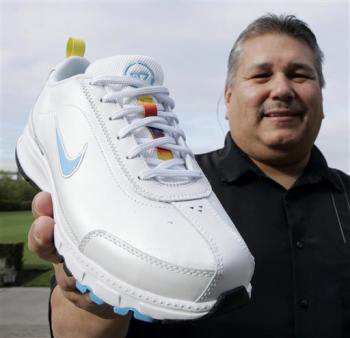
BEAVERTON, Ore. (AP) — Nike on Tuesday unveiled what it said is the first shoe designed specifically for American Indians, an effort aiming at promoting physical fitness in a population with high obesity rates.
The Beaverton-based company says the Air Native N7 is designed with a larger fit for the distinct foot shape of American Indians, and has a culturally specific look. It will be distributed solely to American Indians; tribal wellness programs and tribal schools nationwide will be able to purchase the shoe at wholesale price and then pass it along to individuals, often at no cost.
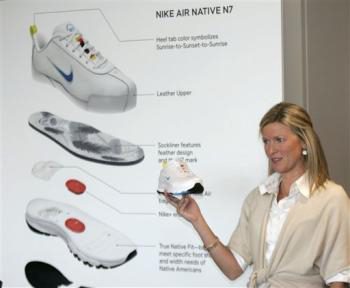
“Nike is aware of the growing health issues facing Native Americans,” said Sam McCracken, manager of Nike’s Native American Business program. “We are stepping up our commitment … to elevate the issue of Native American health and wellness.”
Nike said it is the first time it has designed a shoe for a specific race or ethnicity. It said all profits from the sale of the shoe will be reinvested in health programs for tribal lands, where problems with obesity, diabetes and related conditions are near epidemic levels in some tribes.
Nike designers and researchers looked at the feet of more than 200 people from more than 70 tribes nationwide and found that in general, American Indians have a much wider and taller foot than the average shoe accommodates. The average shoe width of men and women measured was three width sizes larger than the standard Nike shoe.
As a result, the Air Native is wider with a larger toe box. The shoe has fewer seams for irritation and a thicker sock liner for comfort.
The N7 name is a reference to the seventh generation theory, used by some tribes to look to the three generations preceding them for wisdom and the three generations ahead for their legacy. The design features several “heritage callouts” as one product manager described it, including sunrise to sunset to sunrise patterns on the tongue and heel of the shoe. Feather designs adorn the inside and stars are on the sole to represent the night sky.
“It reinforces the core of the Nike brand, which is: If you have a body you are an athlete,” Paul Swangard, managing director of the Warsaw Sports Marketing Center at the University of Oregon
Associated Press writer William McCall contributed to this report from Portland, Ore.
